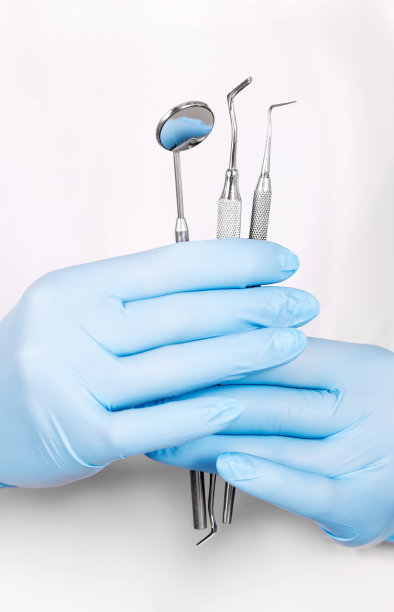The Essential Guide to Understanding the Process and Care for Extracting a Tooth Safely and Effectively
Summary: Tooth extraction is often a necessary procedure for maintaining oral health, yet many people are unaware of the process or the post-care involved. This guide provides a comprehensive overview of tooth extraction, from understanding its necessity to the specific steps involved and the care required after the procedure. By breaking down the extraction process and emphasizing aftercare, patients can be better prepared for this common dental operation. This article aims to equip readers with the knowledge they need to navigate tooth extraction safely and effectively, ensuring a smoother experience and quicker recovery.
1. Reasons for Tooth Extraction

The decision to extract a tooth is usually based on several medical reasons. The most common causes include severe decay, overcrowding, and infections that threaten surrounding teeth. For example, when a tooth is too far decayed to be repaired with a filling or crown, extraction becomes the best option to prevent further complications.
Overcrowding can occur when there are too many teeth for the available space in the mouth. In such cases, dentists may recommend extraction to create room for other teeth to grow in properly, particularly in preparation for orthodontic work.
Infections, such as abscesses, can arise from untreated cavities, leading to severe pain and potential health risks. If these infections cannot be controlled with antibiotics or can potentially damage nearby teeth, extraction is often necessary to protect overall oral health.
2. The Extraction Procedure Steps
The actual extraction process involves multiple critical steps. Initially, the dentist will assess the tooth and surrounding area, using imaging techniques like X-rays to determine the best extraction method. Understanding the tooths position, roots, and relation to nearby structures is vital for successful extraction.
Next, anesthesia is administered to ensure the patient feels no pain during the procedure. Local anesthesia is commonly used for straightforward extractions, while general anesthesia may be necessary for surgical extractions involving impacted teeth.
The dentist then carefully removes the tooth, taking care to minimize damage to the surrounding gums and bone. Following the extraction, the dentist may place gauze over the site to control bleeding and promote clot formation, which is crucial for healing.
3. Post-Extraction Care Instructions
After a tooth extraction, proper post-care is essential for a quick and healthy recovery. To start, patients should avoid strenuous activities for at least 24 hours to reduce the risk of complications, such as increased bleeding or swelling.
Diet plays a significant role in recovery as well. Soft foods and plenty of fluids are recommended immediately following the extraction. Patients should steer clear of hot, spicy, or crunchy foods for several days to prevent irritation to the extraction site.
Maintaining oral hygiene is crucial, but special care should be taken around the extraction site. Rinsing gently with warm salt water after 24 hours can help keep the area clean and promote healing. It is also essential to avoid using straws, which can create suction and dislodge the forming blood clot, leading to a condition known as dry socket.
4. Recognizing Complications and When to Seek Help
While many extractions heal without issues, it is important to recognize signs of potential complications. Persistent pain, swelling that worsens after 48 hours, or the development of a fever can all indicate problems that require professional attention.
Dry socket is a common post-operative issue that occurs when the blood clot dislodges prematurely. It can result in intense pain and delayed healing. If a patient suspects they have dry socket, contacting the dentist for follow-up care is necessary.
Infections can also arise in the days following an extraction. Signs of infection include increasing redness, discharge, and swelling around the extraction site. If any of these symptoms occur, patients should reach out to their dental care provider for evaluation and treatment to prevent further complications.
Summary:
In conclusion, understanding the process and care involved in tooth extraction is crucial for anyone facing this dental procedure. By recognizing the reasons for extraction, comprehending the steps involved, and adhering to proper aftercare, patients can significantly enhance their recovery experience. Awareness of potential complications ensures that any issues are promptly addressed, helping to maintain optimal oral health.
This article is compiled by Vickong Dental and the content is for reference only.


